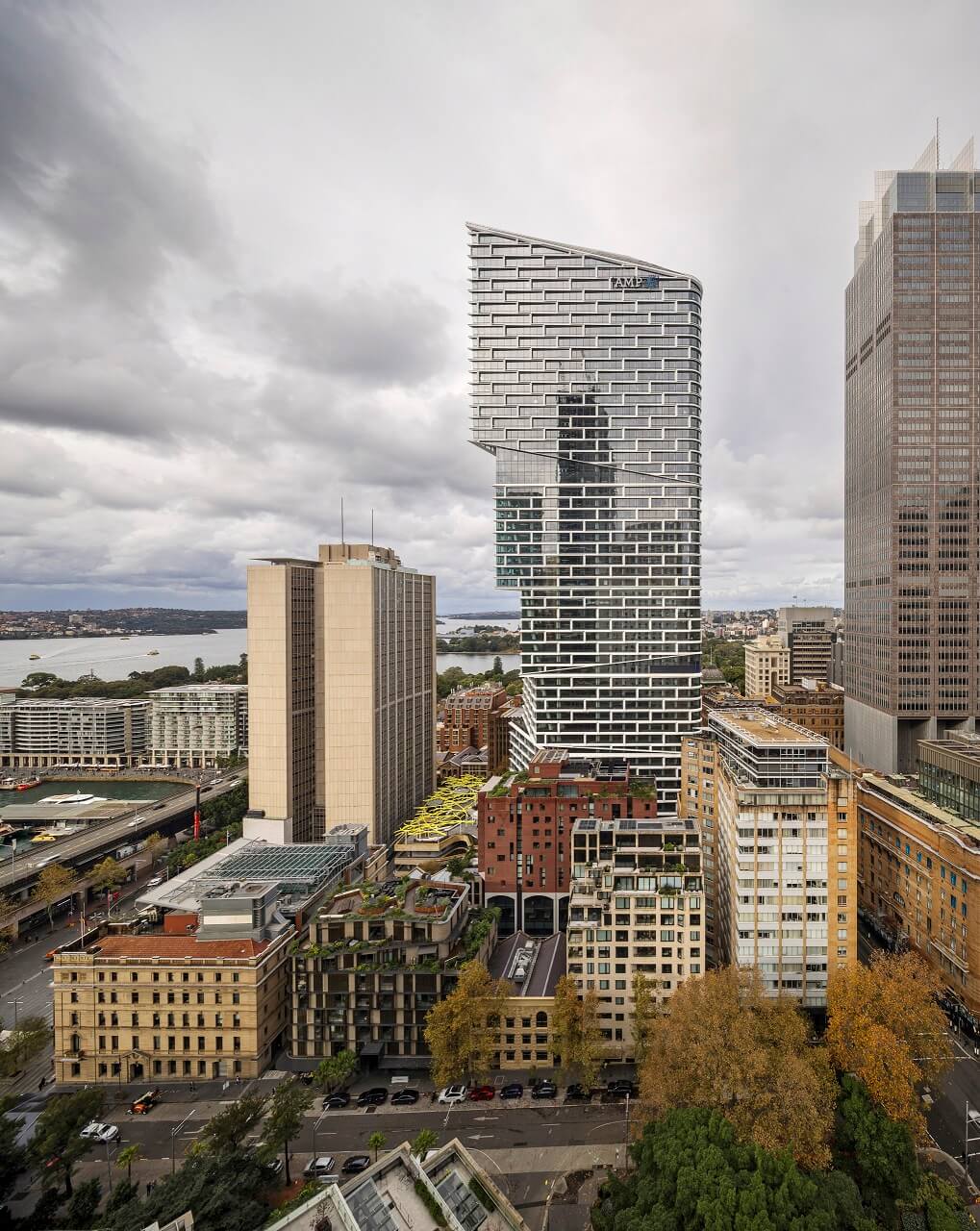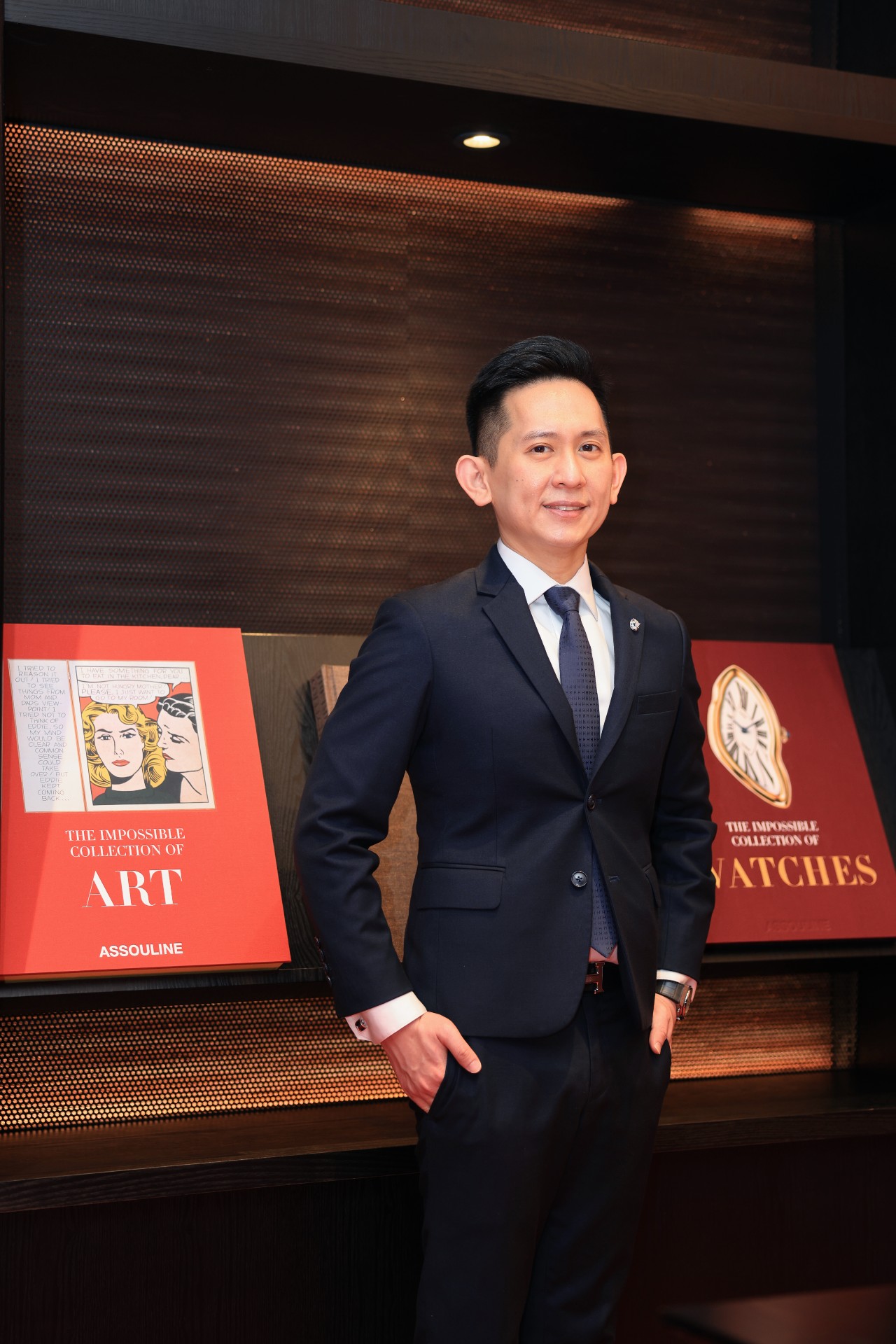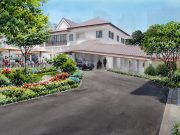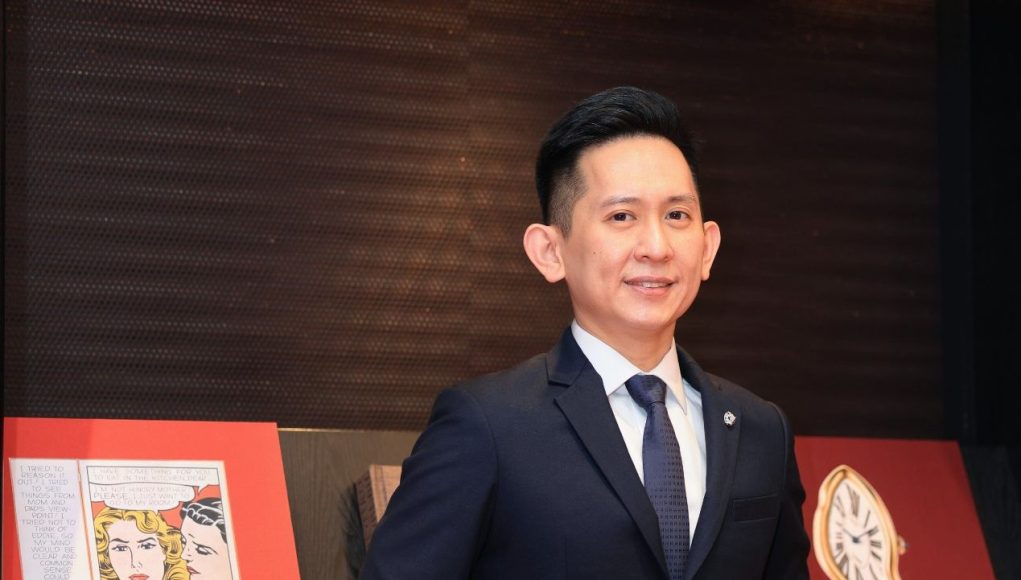By James Zhang
(Singapore 13 June 2023) Singapore has the potential to adopt more adaptive reuse of existing buildings, both residential and commercial, Andi Tjong, Singapore Chapter Chairman of the Institute of Engineers Indonesia, has told Fortune Times.
The 35-year-old engineer and BG&E’s Country Lead of Indonesia made the remarks during Indonesian President Joko Widodo’s recent visit to Singapore for Ecosperity Week 2023, an annual event organized by the Temasek Foundation to address climate crisis-related issues.
“Adaptive reuse of old buildings can address carbon reduction challenges and achieve sustainability goals,” said Tjong, stressing the success of BG&E’s Quay Quarter Tower project in Australia, which won the World Architecture Festival’s 2022 World Building of the Year and the 2022/23 International High-Rise Award.

The Sydney-based project is considered the tallest and largest adaptive reuse project to date, transforming a 186-meter tower built in the mid-1970s into a highly sustainable 216-meter, 51-storey vertical village that meets the needs of the 21st century.
BG&E, the provider of structural engineering, construction engineering, materials testing, and structural monitoring services for the project, retained two-thirds of the existing tower’s beams, columns, and slabs and over 95% of its existing core walls. This saved approximately 12,000 tonnes of embodied carbon.
Tjong believes that similar structural methodologies can be applied in Singapore and Indonesia. He was born in Jakarta and graduated from Nanyang Technological University with a master’s degree in civil engineering in 2011.
With a passion for construction engineering, he worked in several structural engineering consultation companies before joining BG&E in 2018 — the same year he became a naturalized Singaporean citizen. He is also a registered Professional Engineer in Indonesia and a Chartered Professional Engineer in ASEAN and Asia Pacific.
BG&E is an engineering consultant company with more than 850 staff across Australia, New Zealand, Singapore, Indonesia, the United Kingdom, and the Middle East. It provides engineering solutions for clients in the property, transport, ports and marine, water, defense, renewables, and resources sectors. BG&E is also recognized by The Council of Tall Buildings and Urban Habitat (CTBUH) as one of the top 10 structural engineering firms in the world.
Tjong, whose responsibility also covers Southeast Asia, has been leading several upcycling construction projects in Singapore, leveraging his expertise in structural engineering within the regional context.
One of his ongoing projects is the full civil and structural engineering design services for a new production facility of an international optometric pharmaceutical manufacturing company. The project involves converting the old Singapore Replenishment Center building area into a modern manufacturing building.
As an island country, Singapore has been prioritizing the conservation and upcycling of existing buildings for years. In 2007, the city-state launched the Remaking Our Heartland program, targeting comprehensive rejuvenation of 13 towns and estates.
The city-state has also designated seven areas, including Chinatown, Little India, and Kampong Glam, as its Historic Conservation Areas. Developers operating within these zones must obtain conservation permission before commencing business operations. Furthermore, local shopping malls often undergo remodeling after a certain period.
Globally, adaptive reuse of existing buildings has gained popularity. Nordic countries and the United Kingdom have implemented legislative changes to encourage adaptive reuse, approving traditional ‘raze and rebuild’ development proposals only when there is no viable case for upcycling the existing structure.

Tjong explained that adaptive reuse is considered an effective way to reduce embodied carbon in construction and adapt the built environment to changing demands. As the building and construction sector contributes nearly 40% of the world’s greenhouse gas emissions, more countries are embracing adaptive reuse to achieve their net-zero goals and sustainability commitments.
In addition to upcycling old buildings, Tjong and his colleagues actively adopt construction materials and methodologies that promote better sustainability outcomes.
“Steel, concrete, and timber hybrid solutions can significantly reduce embodied carbon in our projects,” he said, highlighting his team’s ability to provide customized guidance in design and delivery approaches for each project.
For example, Tjong involves in the engineering works for the development of Hotel Indigo Palau, a new resort in Palau. The resort, scheduled to open by the end of 2024, incorporates modular construction due to limited resources and restricted access. Steel modular units are prefabricated in a factory abroad, transported to the site via shipping containers, and assembled on-site.
“Modular construction can greatly save manpower and make works more efficient,” he said, noting that it may take some 20 days to build one story with conventional construction, but only a few days with modular construction.
Tjong also sees modular construction as a promising methodology for the development of Indonesia’s new capital city, Nusantara. The ambitious two-decade plan aims to relocate Jakarta, Indonesia’s overcrowded and sinking capital, to Nusantara, a vast forested city on the east coast of Borneo.
“Our engineering-based sustainability concepts can be applied in different places, from Singapore’s Garden City to Nusantara’s Forest City,” he said.




































